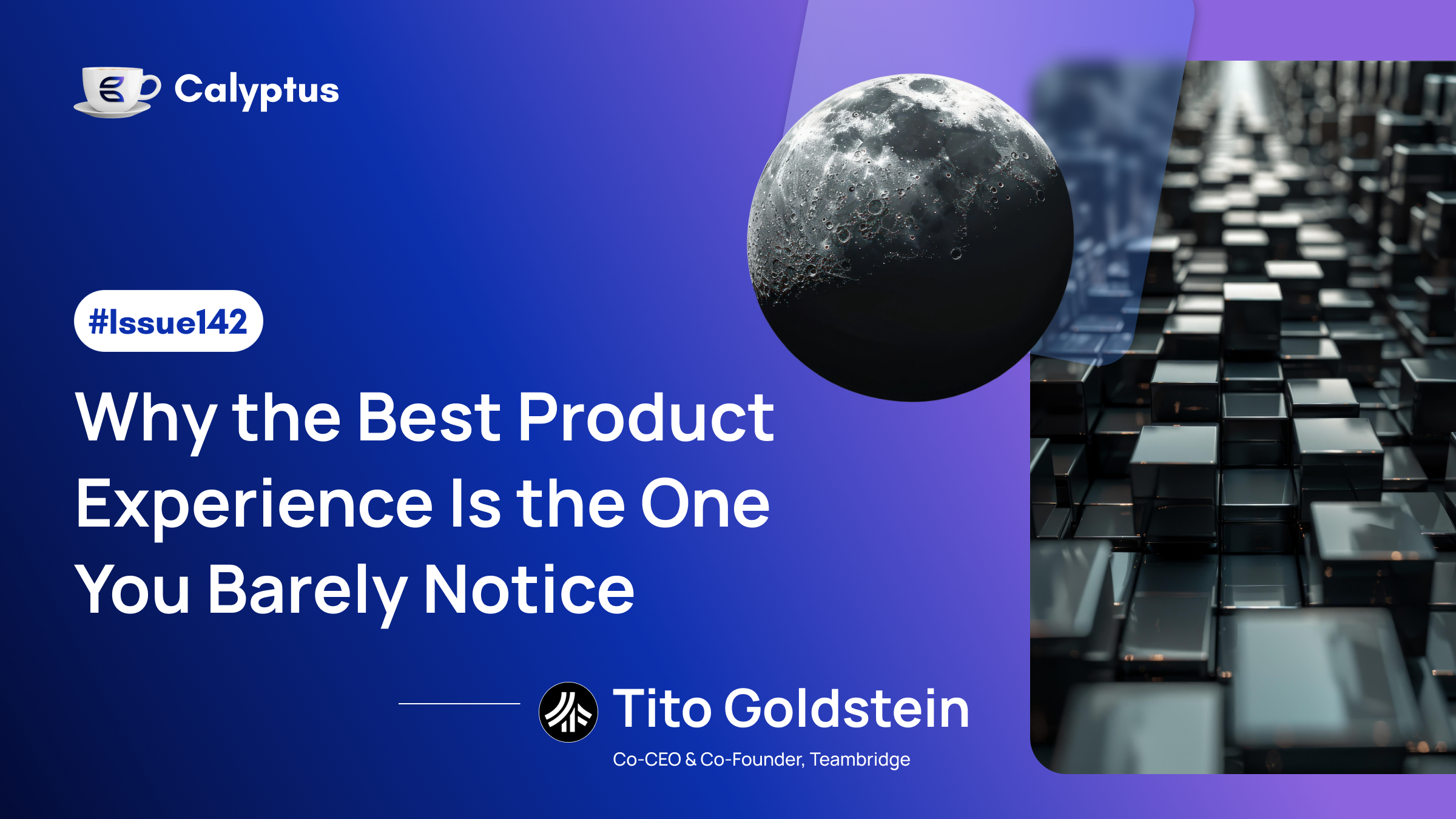You simply can’t assemble the right team if you’re not crystal clear about what you're building. And still many companies hire reactively driven by urgent workload, funding pressure, or attrition without first defining the mission. This inevitably leads to misaligned hires, disengagement, and costly turnover.
When vision is vague, hiring becomes guesswork
Too often, job descriptions become a grab-bag of “urgent tasks” instead of a reflection of a well-defined strategic role. Leaders interview based on gut instinct, hoping someone “feels right.” But without direction, those instincts fail too.
Harvard Business Review finds that 80% of employee turnover stems from poor hiring decisions, tied directly to unclear expectations during recruitment (Forbes, CultureMonkey). And indeed, 26% of candidates decline offers simply because the job expectations weren’t clear (CareerPlug, SelectSoftware Reviews). These aren’t niche issues, they’re pervasive.
Clarity drives alignment and retention
It’s no accident that iconic teams like Apple built around both vision and people. Steve Jobs famously said that Apple reached greatness by hiring exceptional individuals who believed deeply in “simplicity, design, and user experience.” That alignment guided hiring and execution.
Reid Hoffman, co-founder of LinkedIn, articulated it well: “Hiring without a strategic vision is like navigating without a compass. You might move quickly, but you rarely move effectively.” (Security Sales & Integration)
With no compass, employees struggle. Gallup reports that only 33% of U.S. employees are engaged at work, costing around $1.9 trillion in lost productivity (Gallup.com). Ambiguity kills engagement and leaves great hires checking out mentally.
Poor vision is expensive
Most firms dramatically understate the cost of a bad hire. Replacing a single employee can cost 50–200% of their annual salary (Jobvite). That includes recruiting, onboarding, training and the productivity lost while managers scramble.
For an employee earning $80K, that translates to $40K–$160K gone. And when hires don’t fit the vision, the results linger: fractured teams, slowed initiatives, and morale damage.
Hire what you’re building for - Real scalability
To build effectively, start with a clear, shared understanding of:
- What are you building?
Your vision needs more precision. It must explicitly state what problem you’re solving, who you're solving it for, and how success is measured. Clarity here means your hires know exactly what they’re signing up for, enabling self-selection and genuine enthusiasm from candidates who truly resonate with the mission. - Who fits it?
It’s not enough to broadly say you want someone experienced or dynamic. Define precisely the type of experience and qualities required for someone to succeed in your particular strategic context. Does your vision emphasize rapid innovation or does your product prioritize customer empathy? This step is critical because vague skillsets inevitably lead to vague results - How do you test?
Make your interviews reflect real-world scenarios relevant to your company’s strategic goals. Structured interviews are a precision tool for predicting success. Asking each candidate consistent, skill-aligned questions ensures fairness and accurate comparison. This gives deeper insights into a candidate’s genuine abilities, problem solving approaches and adaptability.
This framework brings rigor to hiring. Rather than reactive fills, you get strategic building blocks people who can independently act within the larger vision.
Clarity as a competitive advantage
Organizations with a clearly articulated mission attract and retain talent more effectively. LinkedIn research has found that 41% of candidates weigh company culture heavily when deciding where to apply (gusto.com).
When every hire is grounded in a shared vision, two powerful things happen: new hires ramp faster and contribute more meaningfully, and culture becomes a force multiplier rather than a casualty of confusion.
Final thought
Hiring isn't just seat-filling, it’s a strategic decision that impacts your future. Without clarity on what you’re building, hiring becomes random. With clarity, it becomes purposeful and scalable. Define your vision first, then bring in the talent to build it.




